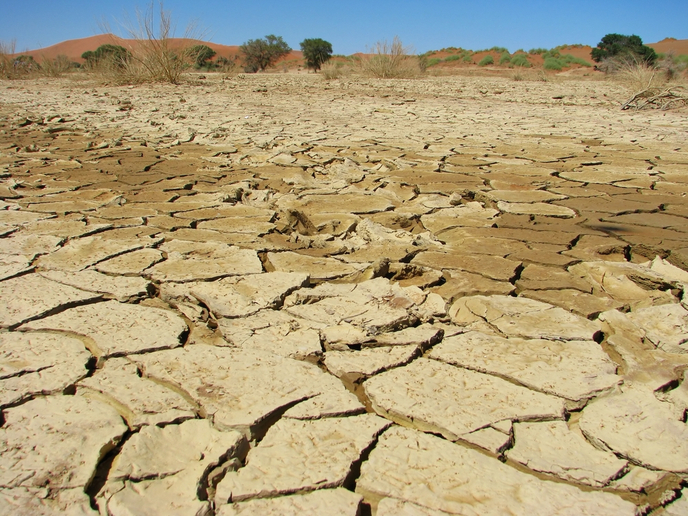Innovative methods to mitigate negative effects of climate change via financial solutions
Most developing countries are vulnerable to climate risks. The expected increase in climate volatility will exacerbate the impact on developing countries and counteract the investments being made by such countries to lessen, prepare for and manage current weather risks. With methodological tools, the disbursement of climate adaptation funds to countries would be entirely data-driven over a 30-year or some long-term adaptation period. If there are no significant increases in the frequency or magnitude of extreme weather events against current climatology, then no payments would be made. Where payments are made, countries would use those funds to invest in disaster risk reduction or climate change adaptation measures specified in pre-defined country-level adaptation plans. The EU-funded CaseXtreme(opens in new window) project set out to “identify an appropriate metric for the statistical significance of changes in the statistics of extremes,” says coordinator Dr Marcello Petitta. “This will provide the baseline for designing innovative financial products and risk management tools.” Statistical methodology to tackle climate change impact on extreme events The CaseXtreme team created a data-driven methodology to identify meteorological extremes in Africa and to detect their future variability. “The hidden challenge of this problem was linked to the fact that the climate system already exhibits some natural fluctuations,” explains Dr Petitta. “It was then necessary to distinguish between systematic changes in the frequency of extremes and these natural fluctuations.” Project partners began by identifying the best methodology to differentiate between the climate system’s natural fluctuations and a systematic change that hints at climate change. To define the method underlying CaseXtreme, they targeted weather extremes by using a climate index previously developed for this specific case. The index reflects the climate picture of a large region, and identifies both frequency and intensity of extreme events. It is standardised, hence it can be aggregated and compared across geographical areas. In Africa, major meteorological extremes include droughts and heat waves. The methodology will be trialled in collaboration with the World Food Programme and monitored over a relatively short period of time. “We’re working on new potential applications for such a financial instrument and are already in contact with potential customers,” he adds. The scientists also defined a payout scheme for an insurance product based on such a method. This scheme is designed so that a payout is triggered only when a change in the frequency of extremes is detected. “In this sense, the payout scheme is a unique product in the insurance market that might open up new opportunities in the sector for climate change adaptations,” says physicist and project associate Dr Sara Dal Gesso. “CaseXtreme paves the way for a completely new form of insurance, revealing new avenues for both insurance companies working with climate index insurance and all key stakeholders in the market,” she adds. “More importantly, this novel insurance type will make a difference to populations in developing countries by providing them with the necessary financial resources for cutting-edge adaptation plans,” concludes Dr Petitta.





